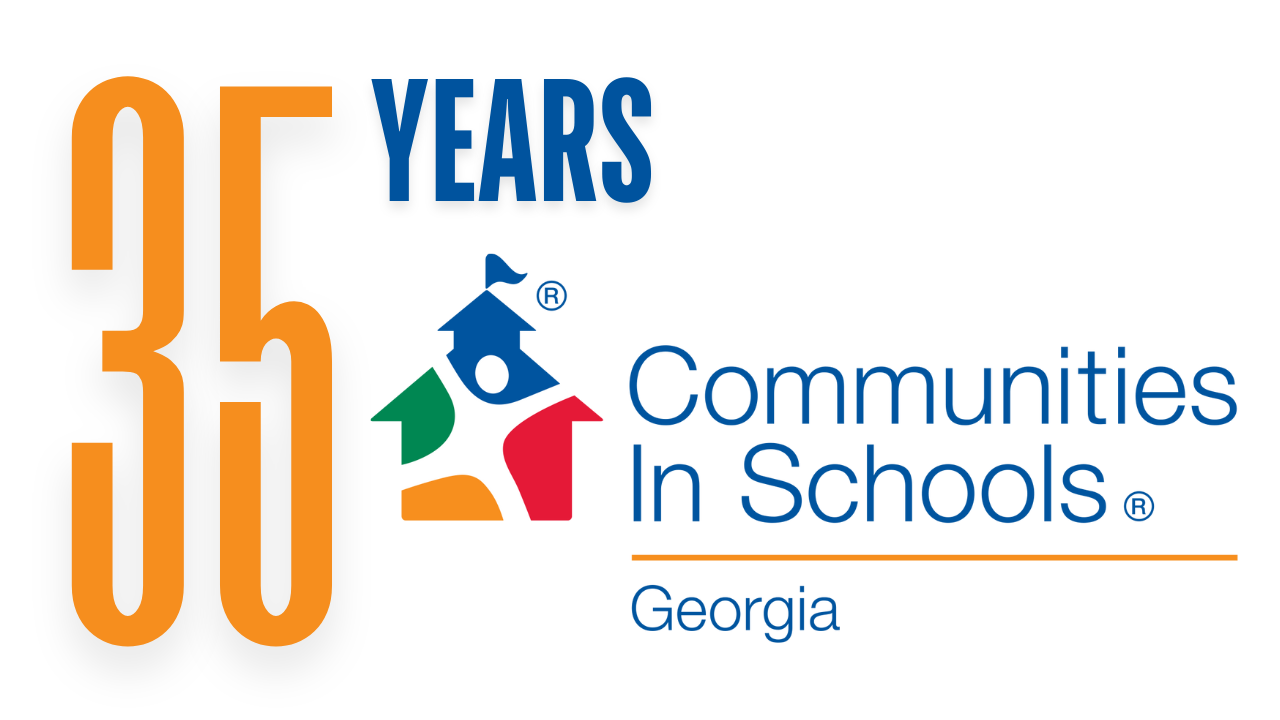
National Education Stats
High School Trends

Dropout Risk Factors
Research

Communities In Schools
Economic Impact – ROI Study

District Disruption & Revival:
School Systems Reshape
In a time of shrinking state revenues and in the wake of a national economic crisis that most profoundly affected those with the least education, states must view education reform as a key strategy for strengthening the economy. Improving educational outcomes creates a wave of economic benefits that include boosting individual earnings, home and auto sales, job and economic growth, spending and investment, and tax revenue in the state. Investing in turning dropouts into graduates will benefit all citizens, including bankers, auto dealers, realtors, and storeowners, not simply students or parents with children in school.
Nationally, more than 7,000 students become dropouts every school day, adding up to over one million students annually who will not graduate from high school with their peers. In addition to the moral imperative to provide every student with an equal opportunity to pursue the American dream, our nation’s economic security now requires many more students to graduate from high school.
Building on its previous work examining education and the economy, the Alliance for Excellent Education (the Alliance), with generous support from State Farm®, analyzed the economies of all fifty states and the District of Columbia to determine the economic benefits that states could see by improving high school graduation rates. Using a sophisticated economic model developed by Economic Modeling Specialists Inc., an economics firm specializing in socioeconomic impact tools, the Alliance calculated economic projections for each state.
To demonstrate the connection between improved educational outcomes and economic gains, the Alliance presents on the following state-by-state profiles (listed below) the economic benefits that would likely occur if half of each state’s nongraduates from the Class of 2010 had graduated with their high school class. These projections estimate the gross increase in important state economic factors such as individual earnings, home and auto sales, job and economic growth, spending and investment, tax revenue, and human capital based on reducing by half the number of local students from the Class of 2010 who failed to graduate on time.
Read the national analysis to see how cutting the dropout rates in half for all states and the District of Columbia’s would benefit the nation’s economy as a whole.
To access the economic benefits profile for your state or the District of Columbia, click HERE.
